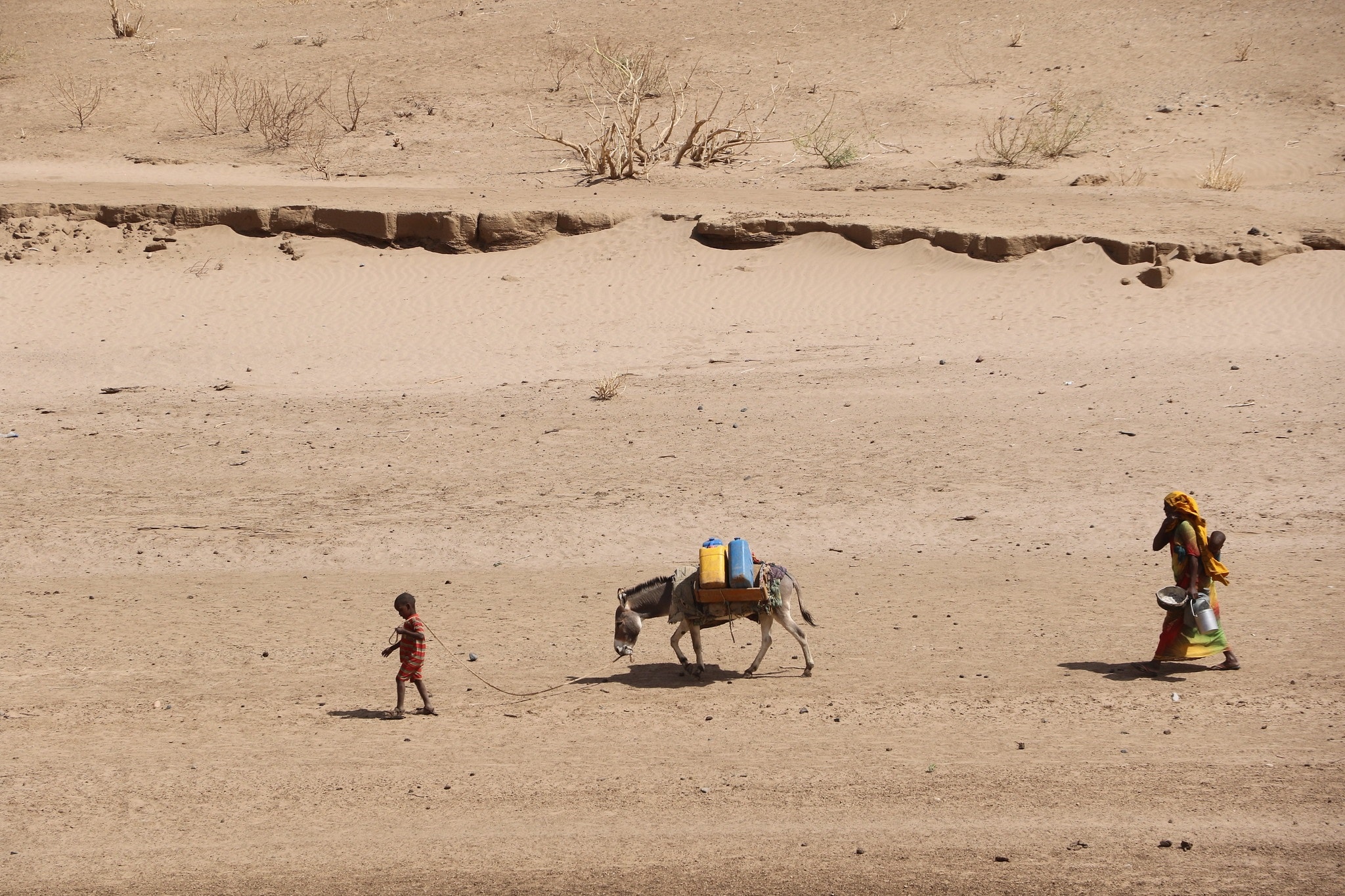How we can protect the world’s most vulnerable countries against climate shocks
- From
-
Published on
29.07.19
- Impact Area

Extreme weather events and other climate change-linked disasters have devastated communities globally: Be it cyclones along the coast of Southern Africa, flooding in parts of Canada, drought-induced wildfires in California, or the recent El Niño (ENSO) induced drought in Eastern and Southern Africa that affected 60 million people.
These powerful events trigger humanitarian disasters and wreak economic havoc. They also raise an important question: How can we increase resilience to climate-induced shocks—particularly in poorer countries that are most vulnerable?
Our new research, Building Resilience to Climate Shocks in Ethiopia, looks in detail into this question with a focus on the 2015/16 ENSO event that led to erratic rains, causing crop failure, spikes in food insecurity, and acute undernutrition.
This blog by Claudia Ringler, Deputy Director of IFPRI’s Environment Production and Technology Division, and Turhan Saleh, Resident Representative, UNDP Country Office, Ethiopia, first appeared in The Telegraph.
Related news
-

Translating Climate, Peace, Security and Displacement Research into Policy and Action
Ibukun Taiwo21.11.25-
Climate adaptation & mitigation
Three years ago, the CGIAR Climate Security team of the Alliance of Bioversity International and …
Read more -
-

Bridging science, finance, and restoration: Insights from the sustainable beef investment roundtable
Multifunctional Landscapes Science Program17.11.25-
Climate adaptation & mitigation
Rome, 2–4 October 2025 — The Sustainable Beef Investment Roundtable brought together over 50 pa…
Read more -
-

COP30 Week 1: Negotiation Highlights and CGIAR Perspectives
Climate Action Science Program17.11.25-
Adaptation
-
Climate adaptation & mitigation
-
Mitigation
Week 1 of COP30 in Belém, Brazil – set against the backdrop of the Amazon…
Read more -
